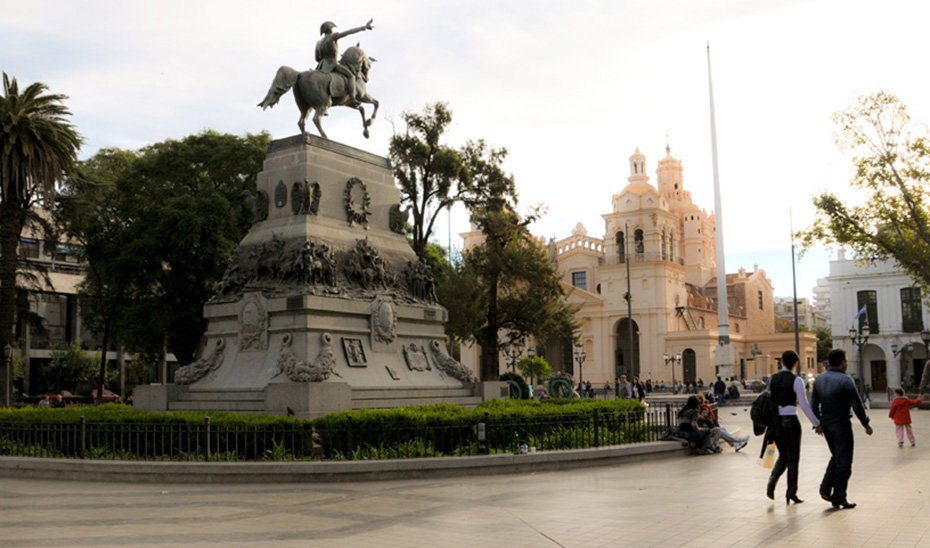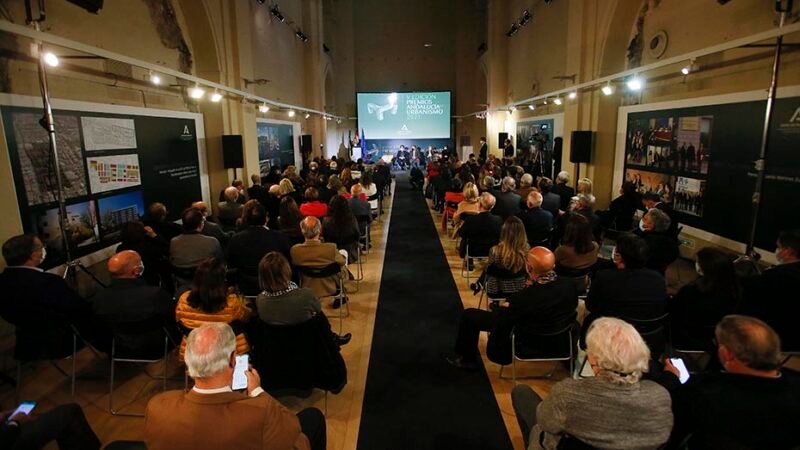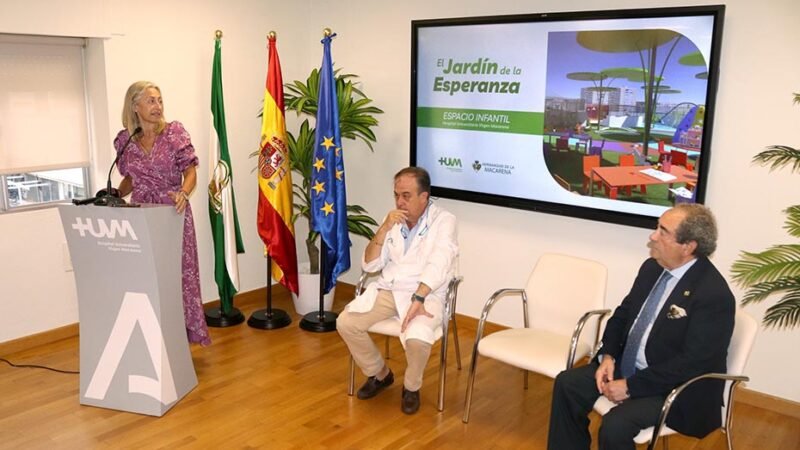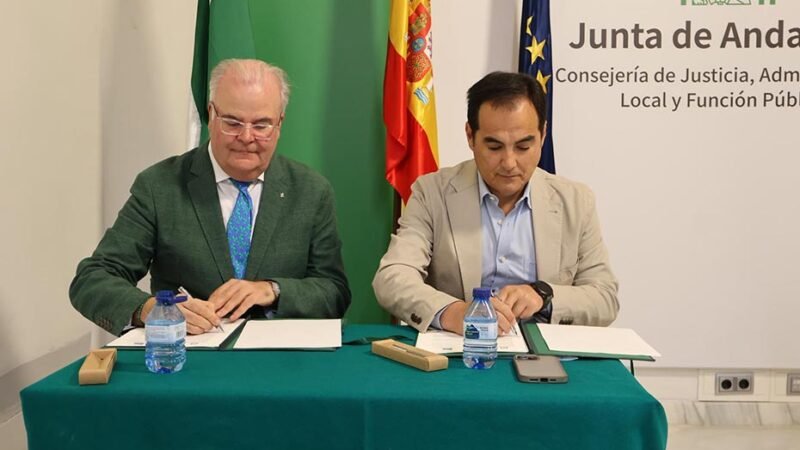Ciudades de los cinco continentes tienen nombres andaluces.

Historical sources do not clarify whether it was at breakfast or lunchtime, but on February 14, 1861, Abraham Lincoln got off the train upon arriving in Cadiz. He headed to a kind of inn at a crossroads where he indulged in such a lavish feast that it prevented him from even giving a brief speech to the enthusiastic crowd gathered there to welcome the presidential visit. «I am too full to speak» are the only words of his that have been inscribed in golden letters in the memory of the place. From the window of that establishment, the President of the United States could not see the light of La Caleta or the narrow streets of El Pópulo while he ate, not even in the distance, the hazy profile of the sierra overflowing with white villages, but perhaps only the first peaks of the Appalachians. Because he was in a Cadiz without an accent mark located in Ohio, on a stop of the inaugural trip of the railway line between Springfield and Washington. And there he could smell anything but the sea.
This unique episode is part of the chronicle of that ‘other Andalusia’ made up of places in the world that share names with the towns and cities of this land. The President of the Junta de Andalucía, Juanma Moreno, referred to these enclaves when he proposed in September to «start weaving networks» with them and «establish bonds that bring us together when it is feasible around cooperation, knowledge, culture, exchanges, dialogue, the way of understanding life, challenges, and projects that can be faced together.» In that forum, published in the newspaper El Mundo, Moreno coincided this idea with the commemoration of the 500 years since the beginning of the First Circumnavigation of the Globe, citing among other curious examples that of that North American town that, in addition to not hearing Lincoln, had the privilege of seeing the birth of Clark Gable, one of the most famous actors of the golden age of cinema, who happened to be from Cadiz.
Whether they only share the name remains to be seen. But some of the Southern humor must have rubbed off on this farming town to name its cemetery ‘The Old Cadiz’. It is one of the around a hundred scattered locations around the planet named after one of the eight Andalusian capitals. They can be found on all five continents. And some of them are precisely on the route of that pioneering circumnavigation that five centuries ago encompassed the planet for the first time. Such is the case of Seville in Bohol, Philippines; a place that today could illustrate the expression ‘tourist paradise’ but back then received the stranger with less hospitality: Magellan had just been killed on the neighboring island of Cebu, and after burning the ‘Concepción’ because it was irreparably leaking, Juan Sebastián Elcano took command of the ship ‘Victoria’. So, if the greatest journey of all time began in Seville, it can also be said that, in a way, the expedition had a rebirth in this Bohol that proudly bears the name of Seville as well.
The one in Andalusia and the one in the Philippines are very different. Perhaps, the only similarity is that it takes more or less an hour to reach the sea. The marked differences between the characteristics of each make it extremely exotic that they share the same name. But no matter how different they are and how far apart they are in space and time, a trace always remains. And in this case, it is an edible trace: if you go on vacation to Bohol, do not forget to order adobo. In Spanish, of course. It has nothing to do with the fried fish that has reached such a level of excellence in the south of Spain, and instead, it is a marinated meat dish with soy sauce and vinegar. But it is not a bad start to rekindle the relationship.
Jaén, from the Philippines to Peru
In the Philippines, you can also visit the town of Jaén, located on the island of Luzon, and part of the province of Nueva Ecija. But the Peruvian Jaén founded by the Andalusian captain (and from Jaén, in case there was any doubt) Diego Palomino 470 years ago in memory of his homeland seems to have more prestige and significance. It was a time of discoveries and feats, and in that enthusiastic but also nostalgic advance, many towns were created in the shadow of Spanish nomenclature in general and Andalusian in particular: such is the case of Nueva Jerez de la Frontera, founded in 1535 in the same area.
Today, the Peruvian Jaén, with more than 90,000 inhabitants, and its Andalusian counterpart are in a process of rapprochement. It is an example of that interest in reunion which, under the pretext of sharing a name and a more or less strong bond in origin, can foster interesting cultural, economic, scientific, and all kinds of exchanges. In the case of Málaga, there is one in Norway, another in Africa, several in the United States (New Mexico, Ohio, Kentucky, New Jersey…), a good bunch in Latin America and even one more in Oceania: in the province of Madang, belonging to Papua New Guinea. In the latter, souvenir shops sell t-shirts with the slogan ‘I Love Málaga’, but without the accent mark. Who would have thought that our antipodes would encounter this interesting prêt à porter.
Estatua del general San Martín en la plaza de San Martín de Córdoba (welcomeargentina.com).
Where the graphic accent is not lacking is in the second most important city in Argentina, Córdoba, founded by a Sevillian almost 450 years ago and which over time gained life and relevance, thanks above all to its cultural and university vocation. The Guadalquivir River does not pass through it, falling a bit far away: not the one in Spain, but also the one in Bolivia, which bathes (bathing is a saying because it flows very polluted) the city of Tarija.
It is the Suquía River that crosses this Pampean Córdoba, called La Docta, which has four times more population than the caliphate city that gives it its name: 1,330,000 inhabitants. And like all historical cities that look to the future without hesitation, its extensive urban area offers a pleasant mix of shiny modern buildings and old churches, a youthful and dynamic atmosphere that imbues the monuments of its Jesuit legacy, a healthy balance between the colonial era and the 21st century. And if in Andalusian Córdoba temperatures reach melting point by July, in its Argentine namesake, they are not shy with the thermometer, only that there, due to the whims of the hemispheres, peak heat is in December: temperatures of over 42 degrees have been recorded.






